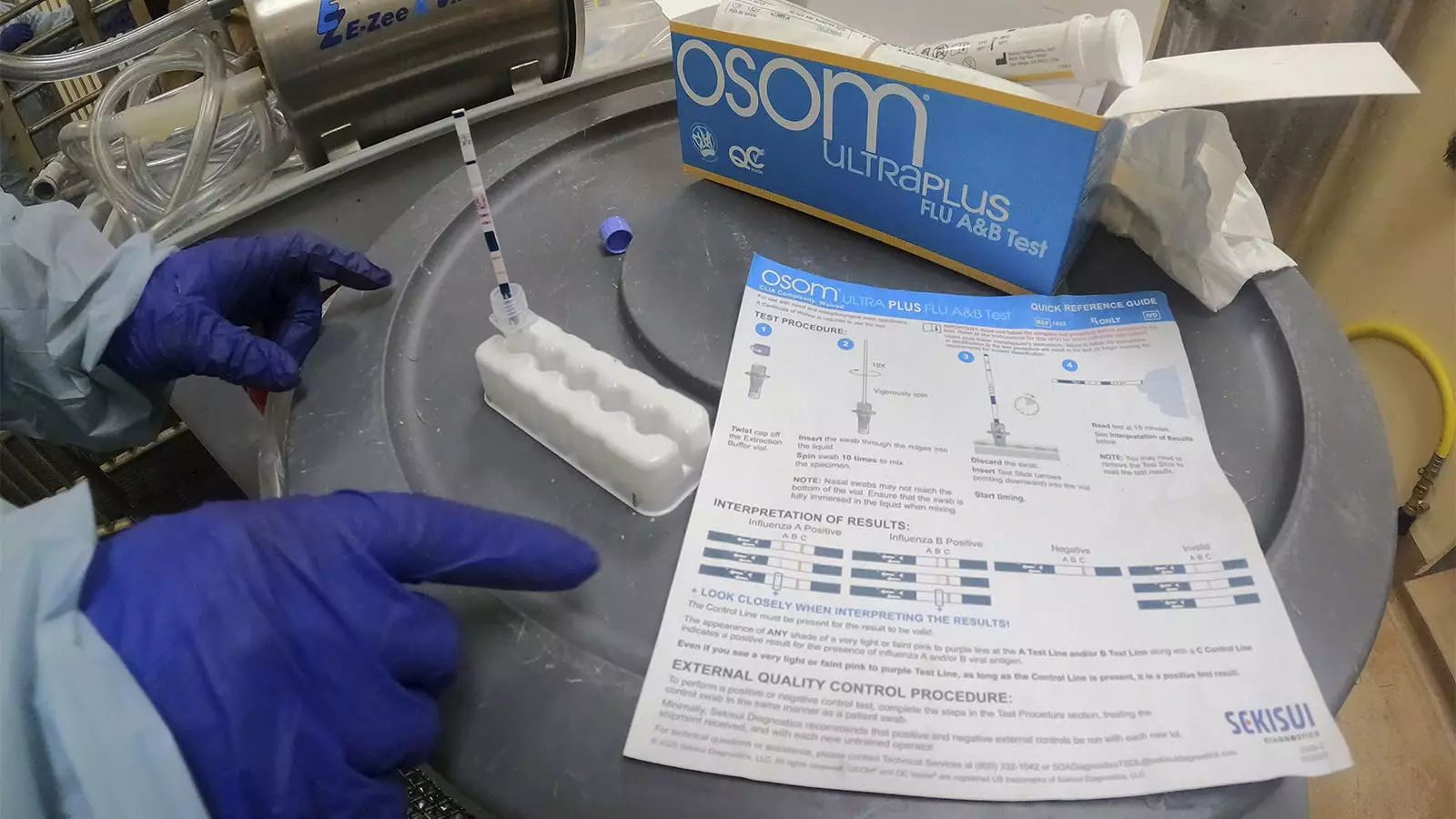In a significant move to bolster public health and animal safety, the U.S. Department of Agriculture (USDA) has mandated the testing of the nation’s milk supply for the presence of the avian influenza virus in dairy cows. This initiative arises in response to the detection of Type A H5N1 in U.S. herds, an alarming development that has resulted in over 700 infected herds across 15 states since its initial identification in March. As dairy farmers and health officials grapple with the implications of this virus, the USDA’s new directive, effective December 16, seeks to enhance monitoring efforts and mitigate the potential spread of this disease.
The USDA’s directive requires that raw or unpasteurized milk from dairy farms and processors be tested upon request, with initial testing commencing in six states: California, Colorado, Michigan, Mississippi, Oregon, and Pennsylvania. The primary objective of this measure is to contain and, ultimately, eradicate the virus. Agriculture Secretary Tom Vilsack expressed the importance of this initiative, suggesting that it would restore confidence among farmers and ensure better protection measures for livestock.
The initiative also addresses a critical gap that has evolved due to reluctance among dairy farmers to conduct tests. Many have feared potential economic repercussions and reputational damage stemming from positive test results. By enhancing testing protocols, officials aim to create an environment where farmers feel assured about the safety of their operations and the health of their animals.
The USDA’s decision aligns with calls from veterinarians and academics who have advocated for more rigorous testing measures across the dairy industry. Keith Poulsen, director of the Wisconsin Veterinary Diagnostic Laboratory, has noted that consistent milk testing is vital in establishing a stronger grasp on the situation. This feedback has catalyzed the USDA’s action, reflecting a unified front in combating the virus.
Moreover, the National Milk Producers Federation, through its chief science officer Jamie Jonker, has voiced its support for the USDA’s efforts. This consensus underscores a collaborative approach among stakeholders in the dairy industry, emphasizing the shared goal of eradicating the bird flu threat.
Under the new federal order, dairy farmers and processors must provide samples of milk for testing when requested. In the event of positive test results, there is an obligation to report such findings to the USDA and share pertinent information to facilitate disease tracking. This measures aim not only to control the spread of the virus but also to enhance accountability and cooperation among industry players.
However, this initiative is not without challenges. Many farmers remain apprehensive, fearing that testing may uncover infections that could dissuade consumers or lead to market instability. Therefore, it is essential for industry leaders and officials to communicate clearly the importance of transparency and proactive health measures.
Despite the critical nature of bird flu, officials have assured the public that the risk to human health remains low. Pasteurization is noted to effectively eliminate the virus from milk, thus making it safe for consumption. Nonetheless, concerns linger about the safety of raw milk, which can harbor additional pathogens. Recent events have highlighted this risk, as a farm in California had to conduct a voluntary recall of its raw milk after the virus was detected. This situation serves as a stark reminder of the potential health dangers associated with raw dairy products.
As the USDA prepares to implement its milk testing mandate, the industry is on the threshold of a new era of heightened vigilance against avian influenza. Through collaboration among farmers, scientists, and regulators, it is hoped that the increased testing will not only protect livestock but also reassure consumers of the safety of dairy products. However, with the ongoing threat of bird flu and its implications for both the agricultural sector and public health, it is crucial that all stakeholders remain vigilant and responsive to emerging challenges. In navigating this complex landscape, the collective aim remains clear: a healthier future for dairy farming in America.


Leave a Reply